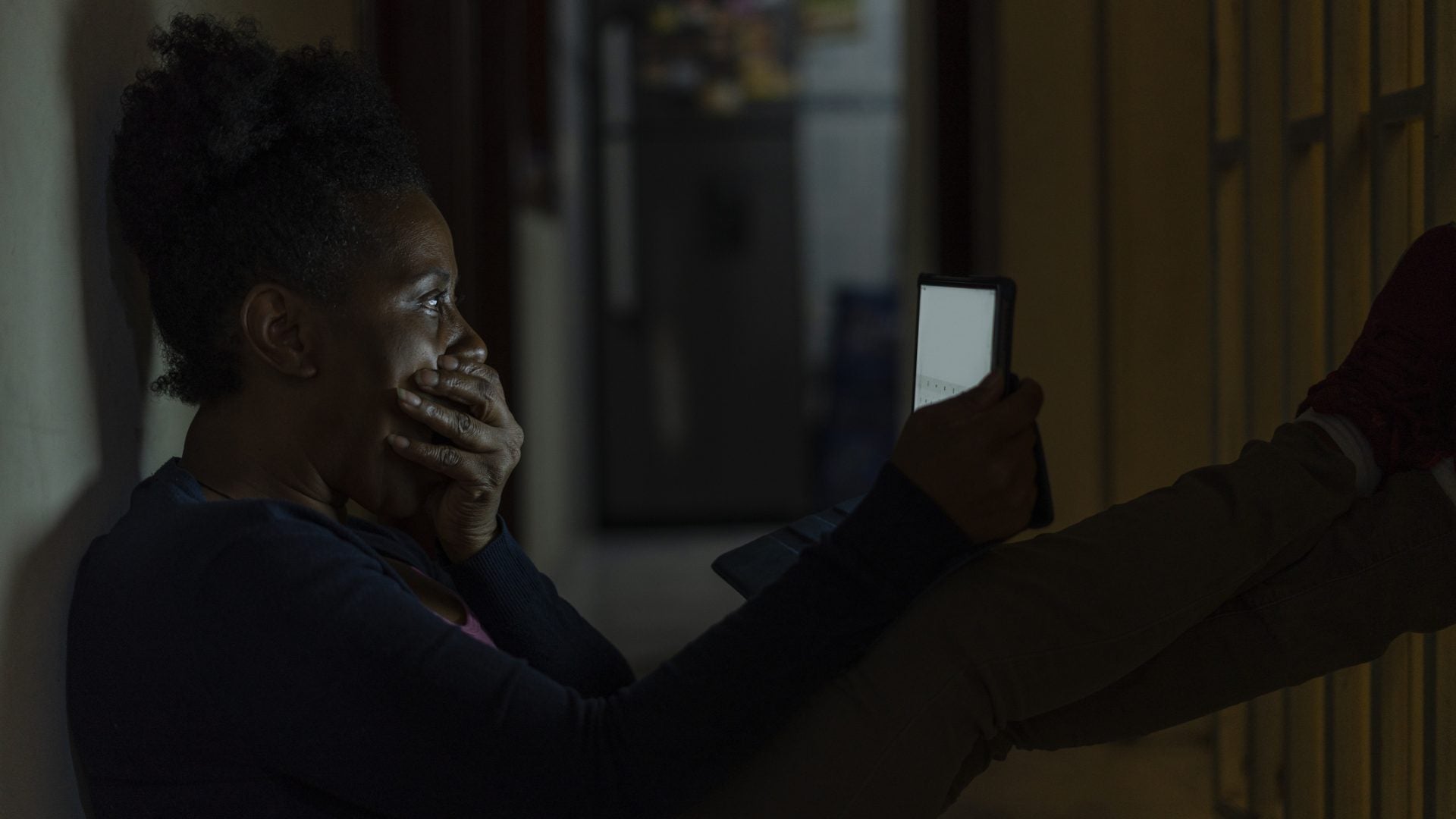
We’re only in the second month of the year, and yet, again, we’ve had to experience and witness tragic amounts of loss in our due to gun violence and police brutality. According to the Gun Violence Archive, there have been 3,633 deaths caused by guns, and mass shootings in California, all in the first month of 2023. However, it’s the murder of 29-year-old Tyre Nichols, who Memphis police officers beat mercilessly during a traffic stop, that most recently brought great outrage to the country.
Subsequently, it also sparked conversation on social media about whether it was appropriate to watch the video of his attack. Since his death, the Black community has lamented over a tragic loss at the hands of police while also grappling with wanting to protect our mental health as yet another traumatic and graphic video of brutality is passed around. But the truth is, it’s perfectly fine to look away or not view it at all.
Unfortunately, Black people are used to seeing Black men and women tormented and executed by the police or other seemingly authoritative figures. We have become somewhat desensitized to violence and the mourning that comes with it. But we have to know by choosing not to watch videos of violence, we’re not ignoring the humanity of the victims or negating a moral duty. We can be aware of what’s going on without having to see it.
We don’t need another reminder of the gruesome Black death that permeates our community – instead, we should rest in a semblance of hope and healing.
The only way to heal is to acknowledge and address the trauma, and a professional therapist or counselor can help you process the grief and exhaustion during these bleak times. To help guide you, ESSENCE tapped wellness expert, and author of Black People Breathe, Zee Clarke, as well as Meghan Watson, a psychotherapist, to gain insight on how you can protect your peace when consuming what seems to be nonstop traumatic news.
ESSENCE: How should black people protect their mental health when consuming news about Black death?
Meghan Watson: Set boundaries around who you process the news with. When yet another traumatic news story involving Black death hits your newsfeed and timeline, often folks are at work or in public spaces, which may not be the safest places emotionally to process the complexity of these traumatic experiences. Be thoughtful about who gets access to your pain. People and places that don’t understand the pain and grief you may be experiencing can be invalidating and add further traumatic stress to a challenging situation.
Release the pressure to make commentary right away. It is essential to use your voice, but give yourself space to feel, grieve, process, and make sense of what you’ve learned. To grieve is to be human; your humanity extends beyond the news cycle. Take time if you need to.
Would you say it’s mentally safe not to watch graphic videos showing police brutality?
Watson: Yes, as much as you may be compelled to watch, witnessing trauma, even at a distance, can be at a minimum, mentally and emotionally dysregulating and, at its worst, a significant traumatic encounter. Be mindful of your headspace and personal history. Suppose you’re burned out and stressed, extremely sensitive to your environment. In that case, if you have existing PTSD or experience high anxiety around brutality and community violence, watching graphic imagery may not be the best choice for you. Ultimately, it is a choice, and protecting your mind and body from unnecessary harm can be a small but meaningful decision.
Zee Clarke: Ask yourself, “Do I have the time and space to care for myself afterward?” If you think watching will impact your ability to work or interact with others, ask yourself whether you can take care of yourself after watching. Do you have to go to work right afterward? Do you have a long to-do list or errands to run? Consider delaying watching until you have the time and space to process and heal.
Why are some people so unfazed while others are so affected by these images and videos?
Clarke: Black people who are unfazed have been trained to be numb to all of it. This numbness is a form of self-care and self-protection – a survival mechanism. Those affected see themselves or their community as whoever was attacked or murdered. They also see what could happen to them and their people, which is scary. That hits in a deep place, a place of inherited trauma. It’s like PTSD from what happened to our ancestors.
What are some techniques Black people can use when watching the news and coping with trauma?
Clarke: Observe your thoughts. Be a witness to your thoughts without judgment. The nonjudgmental aspect is critical. There is already so much to handle that self-criticism does not have a place here. When we observe our thoughts, we can separate ourselves from them. We are not our thoughts, and this observation prevents us from getting lost in sometimes never-ending rabbit holes of torturous thoughts cycling over and over in our minds.
Watson: Other than avoiding watching the graphic videos themselves, be mindful of how your body feels when watching the news. Mentally, many of us are desensitized to this type of trauma and violence, but the body does not lie.
Practice grounding techniques like mindfulness meditation and deep belly breaths. Talking to trusted folks in your direct community or processing with a therapist (if you have one) can help rebuild a sense of connection and hope.
Reduce the amount of time you spend on social media — as hard as that is. Doom scrolling and spending time in comment sections may feel relieving at the moment but can be draining over time. Taking time away, practicing an offline hobby, resting, and restoring is okay. The world (and the news) will always be there, and it’s necessary to maintain your humanity along the way.
